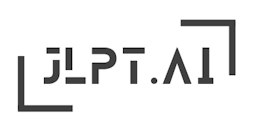

N1
音読み:you
訓読み:yureru, yuru, yurugu
ヨウyou
ゆ.れるyureru
ゆ.るyuru
ゆ.るぐyurugu
To sway; shake; waver
Imagine a tree being shaken by a strong wind, causing it to sway back and forth. The movement of the tree represents the meaning of '揺' - to sway or shake.
The kanji '揺' is frequently encountered in JLPT N1 materials. It is essential to learn its readings, meanings, and stroke order to succeed in the exam's vocabulary and reading comprehension sections.
台風で木が揺れている。
The trees are shaking in the typhoon.
たいふうできがゆれている。
taifuu de ki ga yurete iru.
彼の意見に揺れることなく、自分の信念を貫く。
Without wavering in his opinion, he sticks to his own beliefs.
かれのいけんにゆれることなく、じぶんのしんねんをつらぬく。
kare no iken ni yureru koto naku, jibun no shinnen o tsuranuku.
彼は決断が揺れることなく、的確な判断を下した。
He made an accurate judgment without hesitating.
かれはけつだんがゆれることなく、てきかくなはんだんをくだした。
kare wa ketsudan ga yureru koto naku, tekikaku na handan o kudashita.